Is Your Early Childhood Program Ready for Inclusion? (Part 2)
June 18, 2015
(*Teacher friends: this would be a great post to share with your favorite early childhood program director!)
In Tuesday’s post, you got some tips and a handy form for assessing your early childhood classroom’s physical characteristics and gauging how inclusion-ready you are. Today we’re following up with a post on the social characteristics of an inclusion-ready classroom (and yep, there’s a form for that too!)
In First Steps to Preschool Inclusion, Sarika Gupta and her colleagues lay out the features of classrooms ready to support the social development of all children. Download the form at the end of this post for an easy way to assess your classroom’s current social supports. To guide you while you’re filling it out, here are some key questions to consider.
- Do you greet each child in the morning as he or she arrives (including visual forms of greeting for any students with speech delays)?
- Does your classroom follow a consistent schedule or routine posted in a central location? Do you refer to the schedule at transition times?
- Is the group size appropriate for the children’s age group, and does it meet licensing guidelines?
- Does the ratio of adults to children align with licensing regulations, and
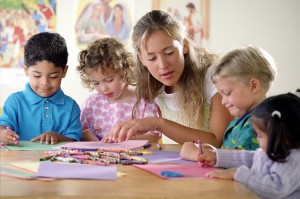 do children have opportunities to interact with one another and with adults?
do children have opportunities to interact with one another and with adults? - Do you observe children as they work and play, using your observations to gather information about children’s interests and abilities?
- Do activities and areas support cognitive development, with varied options and opportunities for children with diverse needs and abilities?
- Are opportunities for creative and pretend play available?
- Do you engage with children during work and play, guiding or scaffolding their learning?
- Do you respond to vocal and gestural child requests and encourage
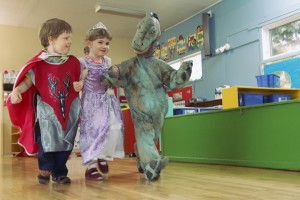 interactions between children as they request items?
interactions between children as they request items? - Do you initiate activities and encourage children to join them?
- Do children initiate activities themselves?
- Are children engaging with materials in the classroom? Are they given materials that will help them build fine motor and cognitive skills?
- Do children engage with peers in the classroom, and do you encourage peer interactions by modeling how to request items from their peers?
- Are you aware of all your students’ diverse needs and abilities?
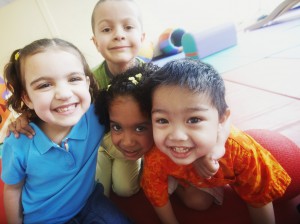
- Do you regard all children positively, using an enthusiastic tone and inviting children to join in activities?
- Do you try to anticipate child behaviors and emotions–for example, using visual and aural cues to signal transitions and prevent agitation?
What did you think while you read through this list? If you’re like most teachers, there are probably some areas where you’re already an A+ and a few you might like to work on a little. The form below, Assessing Social Characteristics and Inclusion Readiness, will help you organize your thoughts and see what needs to be in place before your classroom is inclusion-ready.
 READY TO ASSESS YOUR CLASSROOM?
READY TO ASSESS YOUR CLASSROOM?
Review your classroom’s social characteristics–and see if you’re ready to meet the needs of all children. Tap the button to get your planning tool now.
GET INCLUSION-READY
What do you think?
What’s one way you’ve changed your classroom–or plan to change it–to better support the social and emotional development of all children? Share a suggestion in the comments below!

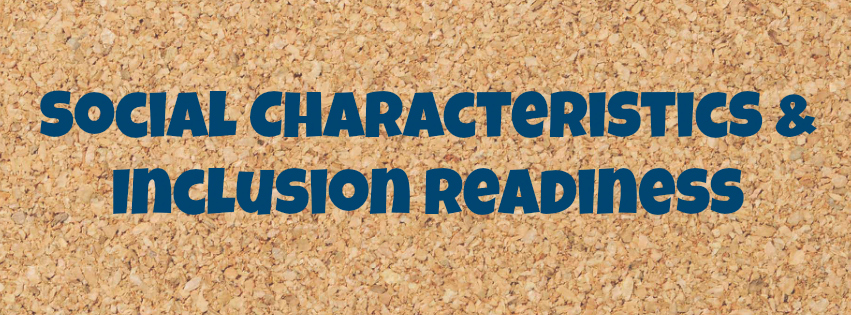

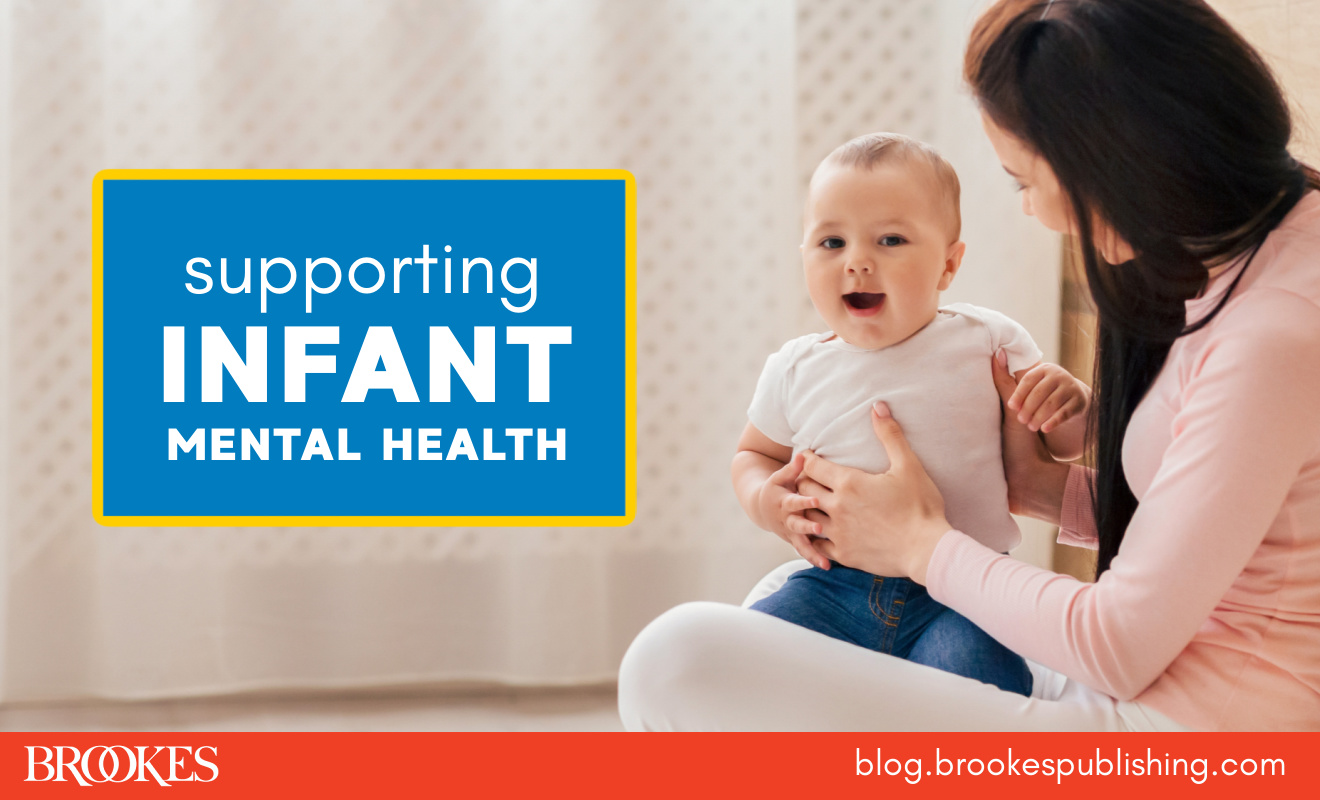
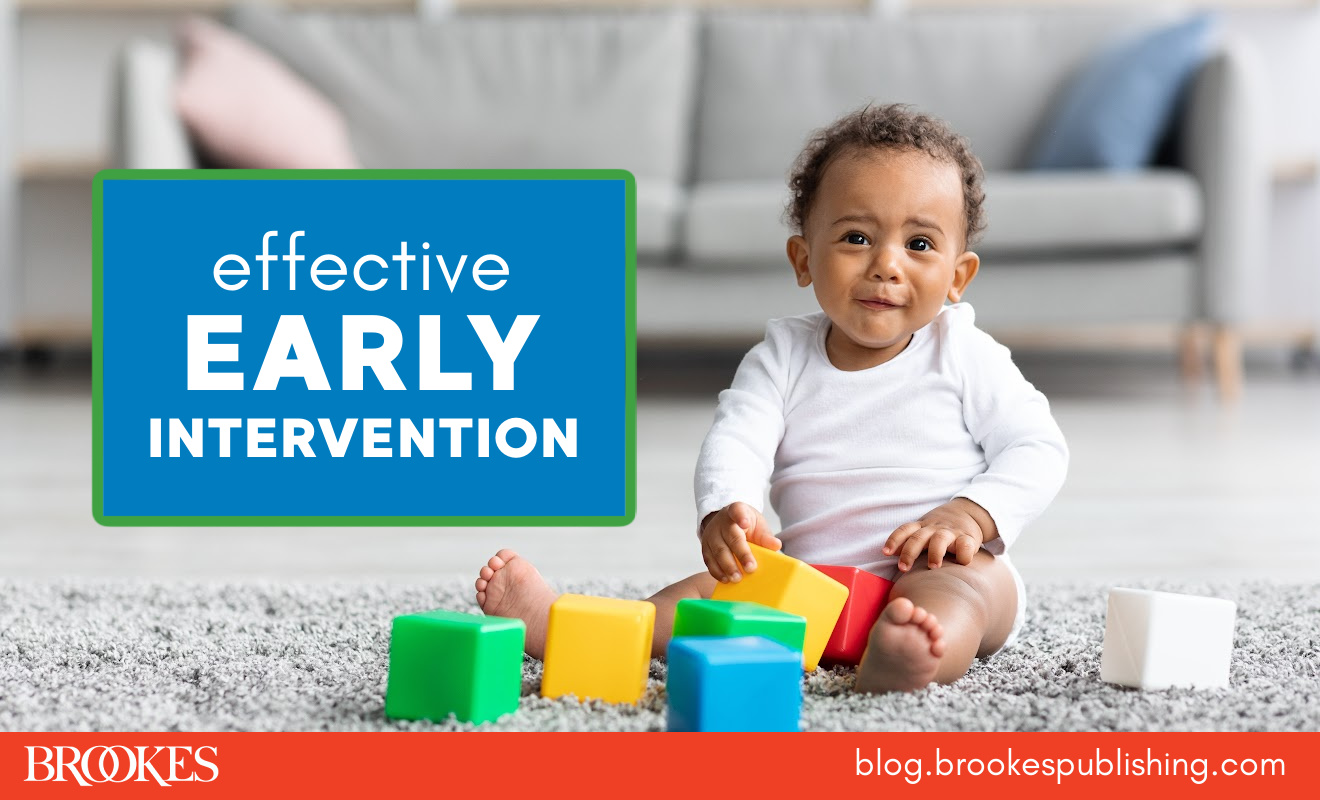
Write a Comment
Your email address will not be published. Required fields are marked *
Post a Comment